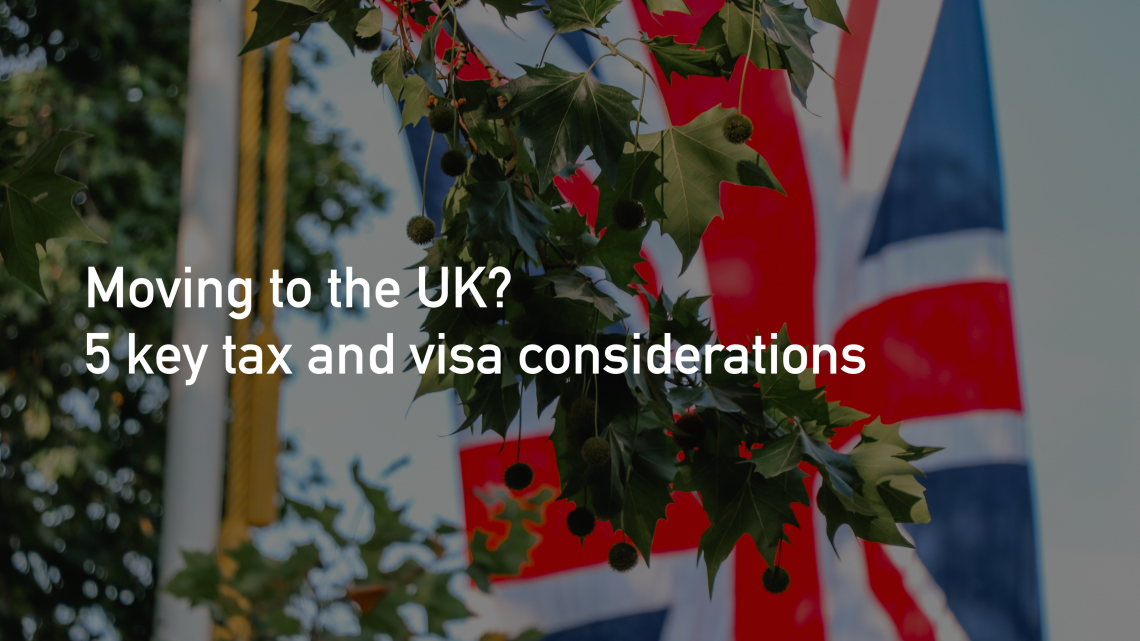
Immigration and taxes are key to understanding whether a move to the UK is feasible and these rules can also change from time to time.
In this joint article written by Alexei Zuyev, an immigration specialist at DMH Stallard, and Adam Bonell, Tax Partner at HW Fisher, we outline 5 key visa options and immigration routes. For a more detailed overview, please access our guide here.
Once a decision in principle has been made to move to the UK, then the individual needs to start thinking about the immigration and tax implications, but in what order? The answer will vary from family to family, and while the starting point is usually to determine your ability to live and work in the UK it is important to allow for sufficient time to undertake any pre-arrival tax planning, particularly if that involves the sale of assets.
There are a number of available immigration routes to the UK on a temporary basis including:
In the absence of the Investor and Entrepreneur routes, the choice for those looking to relocate to the UK permanently typically comes down to the following categories:
The tax considerations relevant to non-UK nationals broadly depends on their residence and domicile position.
Although there are several different factors which determine whether someone is resident in the UK in a particular year (note tax year end 5th April), the number of days spent in the UK in the tax year is the primary factor. Individuals spending less than 16 days will be non-resident, while those spending greater than 183 days will always be resident. In some situations residency is backdated to the 6 April prior to arrival and care is therefore required to ensure that this does not trigger unexpected tax liabilities.
In general, a UK tax resident is liable to pay UK tax on their worldwide income, while a non-resident will only be subject to tax on their UK source of income. Someone who is resident but not Domiciled in the UK may be able to shelter certain foreign income and gains from UK tax.
This route is available to partners (in some cases unmarried partners) of British citizens or those with Indefinite Leave to Remain. Applicants must meet the financial requirements as well as the minimum English language requirements. They can come to the UK on a 5-year route to settlement, with eligibility to apply for citizenship as soon as they receive Indefinite Leave to Remain. Children from the applicant’s previous relationships may be able to apply as well.
It is worth noting that the tax position of a spouse is independent from the applicant, for example, they can choose whether to claim the remittance basis of taxation or not. An important and helpful factor is that an accompanying spouse may be able to ‘split’ their tax year or arrival or departure to avoid triggering residency prior to arrival.
Transfer of assets between spouses may also be useful in terms of minimising exposure to UK taxes.
To learn more about what options are open to you and what planning should be considered please contact the authors , Alexei Zuyev and Adam Bonell or download our full guide.
We’d love to hear from you. To book an appointment or to find out more about our services: